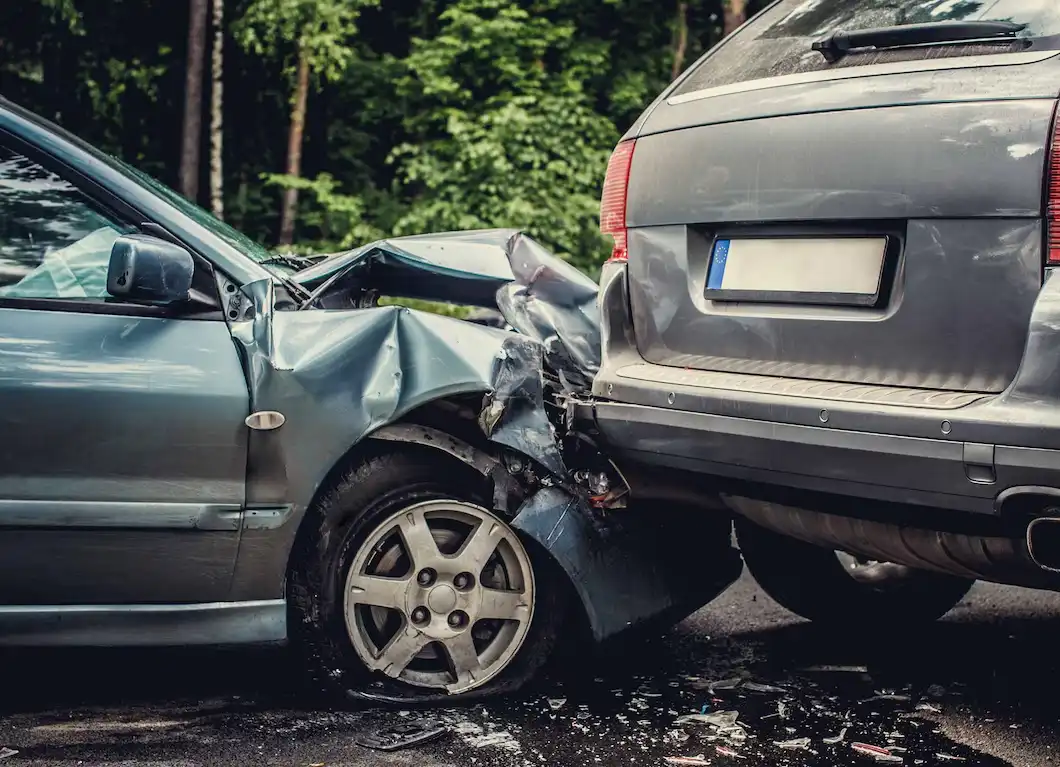Introduction
Head-on collisions are some of the most dangerous accidents on the road, often resulting in severe injuries or fatalities. In this post, we’ll delve into the common causes, the impact of these accidents, and practical tips to stay safe while driving.
What Are Head-On Collisions?
A head-on collision occurs when two vehicles traveling in opposite directions crash front-to-front. These accidents usually happen on two-lane roads or highways with no median barriers.
- Fact: According to the National Highway Traffic Safety Administration (NHTSA), head-on collisions account for nearly 10% of fatal crashes annually.
Common Causes of Head-On Collisions
- Distracted Driving: Texting, eating, or using in-car technology can lead to crossing lanes.
- Driving Under the Influence: Impaired drivers are more likely to veer into oncoming traffic.
- Poor Road Conditions: Fog, rain, or snow can obscure lane markers.
- Wrong-Way Driving: Confusion or missed signage can cause drivers to enter the wrong lane.
- Speeding: Higher speeds increase the likelihood of losing control.
Injuries Associated with Head-On Collisions
Due to the high force of impact, injuries are often severe:
- Traumatic brain injuries (TBIs)
- Spinal cord injuries
- Internal bleeding and organ damage
- Broken bones
- Psychological trauma
Pro Tip: Always seek immediate medical attention, even if injuries seem minor.
How to Avoid Head-On Collisions
- Stay Alert: Avoid distractions and keep your focus on the road.
- Drive Defensively: Be prepared for sudden lane shifts from other drivers.
- Follow Road Signs: Ensure you’re entering the correct lanes, especially in unfamiliar areas.
- Slow Down: Adhering to speed limits gives you more time to react.
- Use High Beams at Night: Better visibility helps you spot potential hazards earlier.
What to Do After a Head-On Collision
If you’re involved in a head-on collision, follow these steps:
- Call 911 to report the accident and seek medical help.
- Document the scene with photos and witness statements.
- Exchange insurance and contact information with the other driver.
- Consult a personal injury lawyer to protect your rights.
Legal Options for Victims
Victims of head-on collisions may be entitled to compensation for:
- Medical expenses
- Lost wages
- Pain and suffering
- Vehicle repair or replacement
Need Help? Our recommended legal resources can guide you through the claims process.
Conclusion
Head-on collisions are life-changing events, but understanding their causes and taking preventive measures can significantly reduce your risk. If you or a loved one has been affected by such an accident, don’t hesitate to seek legal and medical assistance.



